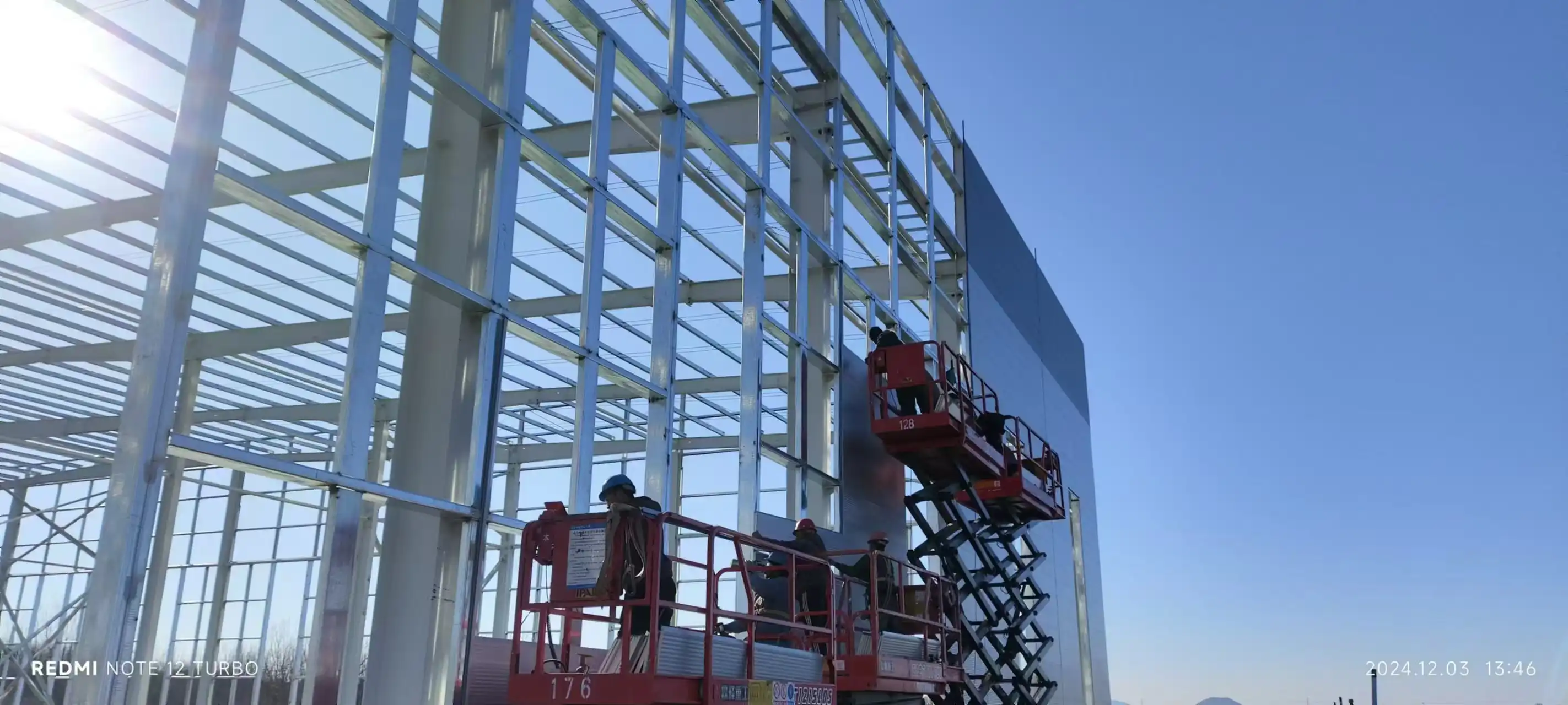Elevate Your Space with Vertical Cladding
One of the most effective ways to utilize decorative interior cladding in small spaces is by applying it vertically. This technique draws the eye upward, creating an impression of height and spaciousness. Consider using long, narrow panels in light colors to maximize this effect. Wood-look cladding, for instance, can add warmth and texture while maintaining a sleek, modern appearance. For an extra touch of sophistication, opt for cladding with a subtle sheen or metallic finish. These materials reflect light, further enhancing the sense of openness in your room. Remember, the key is to choose a cladding style that complements your existing décor while serving its space-enhancing purpose.
Transform Nooks with Accent Walls
Small spaces often feature awkward nooks or alcoves that can be challenging to decorate. However, these areas present perfect opportunities for creating striking accent walls using decorative interior cladding. By cladding a single wall or section, you can transform an otherwise unremarkable space into a focal point. Consider using bold, patterned cladding to make a statement. Geometric designs or textured panels can add depth and intrigue to your room. For a cohesive look, choose colors that echo elements in your existing décor. This approach not only adds visual interest but also helps to define different areas within an open-plan space.
Maximize Impact with Minimalist Designs
When working with limited square footage, it's crucial to strike a balance between style and simplicity. Minimalist cladding designs can make a significant impact without overwhelming the space. Opt for clean lines and understated textures that add subtle depth to your walls. Consider using large-format panels with minimal seams to create a seamless look. This approach can make your space appear larger and more cohesive. Neutral colors like soft greys, beiges, or whites work well in this context, providing a calming backdrop that opens up the room visually.
Clever Cladding for Compact Kitchens
In small kitchens, every inch counts. Decorative interior cladding can be a game-changer in these tight spaces. Use it to create a sleek backsplash that's both functional and aesthetically pleasing. Water-resistant cladding materials like PVC or composite panels are ideal for this application, offering durability and easy maintenance. For a modern twist, consider using metallic cladding to reflect light and add a touch of glamour to your kitchen. Alternatively, wood-look cladding can bring warmth and character to the space. Remember to choose a finish that complements your cabinetry and countertops for a cohesive look.
Cladding as a Space-Defining Element
In open-plan layouts, decorative interior cladding can serve as an effective tool for delineating different areas without the need for physical barriers. Use contrasting cladding styles or colors to visually separate your living room from your dining area, for example. This technique is particularly useful in studio apartments or loft spaces where traditional room divisions are absent. By strategically applying cladding, you can create distinct zones that feel separate yet harmonious within the overall space.
Illuminate Your Space with Reflective Cladding
Light plays a crucial role in making small spaces feel larger and more inviting. Reflective decorative interior cladding can amplify natural and artificial light, brightening up even the most compact rooms. Consider using high-gloss panels or cladding with metallic finishes to achieve this effect. For maximum impact, position reflective cladding opposite windows or light sources. This will help bounce light around the room, creating a more open and airy atmosphere. Remember to balance reflective surfaces with matte finishes to avoid an overly clinical feel.
 Multifunctional Cladding Solutions
Multifunctional Cladding Solutions
In small spaces, every design element should serve more than one function. Decorative interior cladding, for example, can do more than enhance the aesthetic appeal of a room—it can offer practical benefits as well. Acoustic cladding is a great example, as it helps to reduce noise in tight apartments or office environments. By absorbing sound, it contributes to a quieter, more comfortable atmosphere, making the space feel more peaceful and conducive to concentration or relaxation. This dual-purpose approach to design is ideal for maximizing the utility of limited space while maintaining visual appeal.
Similarly, insulated cladding panels can improve thermal efficiency, helping to regulate temperature in small rooms that are prone to overheating or cooling. These dual-purpose solutions allow you to maximize functionality without compromising on style. When selecting cladding for your small space, consider options that offer both visual appeal and practical benefits. This approach ensures that every inch of your space works hard to meet your needs.
Conclusion
Decorative interior cladding offers a myriad of possibilities for enhancing small spaces. From creating the illusion of height with vertical panels to defining areas in open-plan layouts, cladding can revolutionize the way you perceive and use your compact living areas. By carefully selecting materials, colors, and application techniques, you can transform even the tiniest nooks into stylish, functional spaces that reflect your personal style. Remember, the key lies in balancing aesthetics with practicality, ensuring that your cladding choices not only look good but also serve a purpose in your daily life.
If you're ready to explore the transformative power of decorative interior cladding for your small space, we're here to help. Our team at Weifang Sandong Building Materials Co., Ltd. specializes in providing high-quality cladding solutions tailored to your specific needs. For expert advice and product information, don't hesitate to reach out to us at info@sdqsc.com. Let's work together to unlock the full potential of your compact spaces with innovative cladding designs.